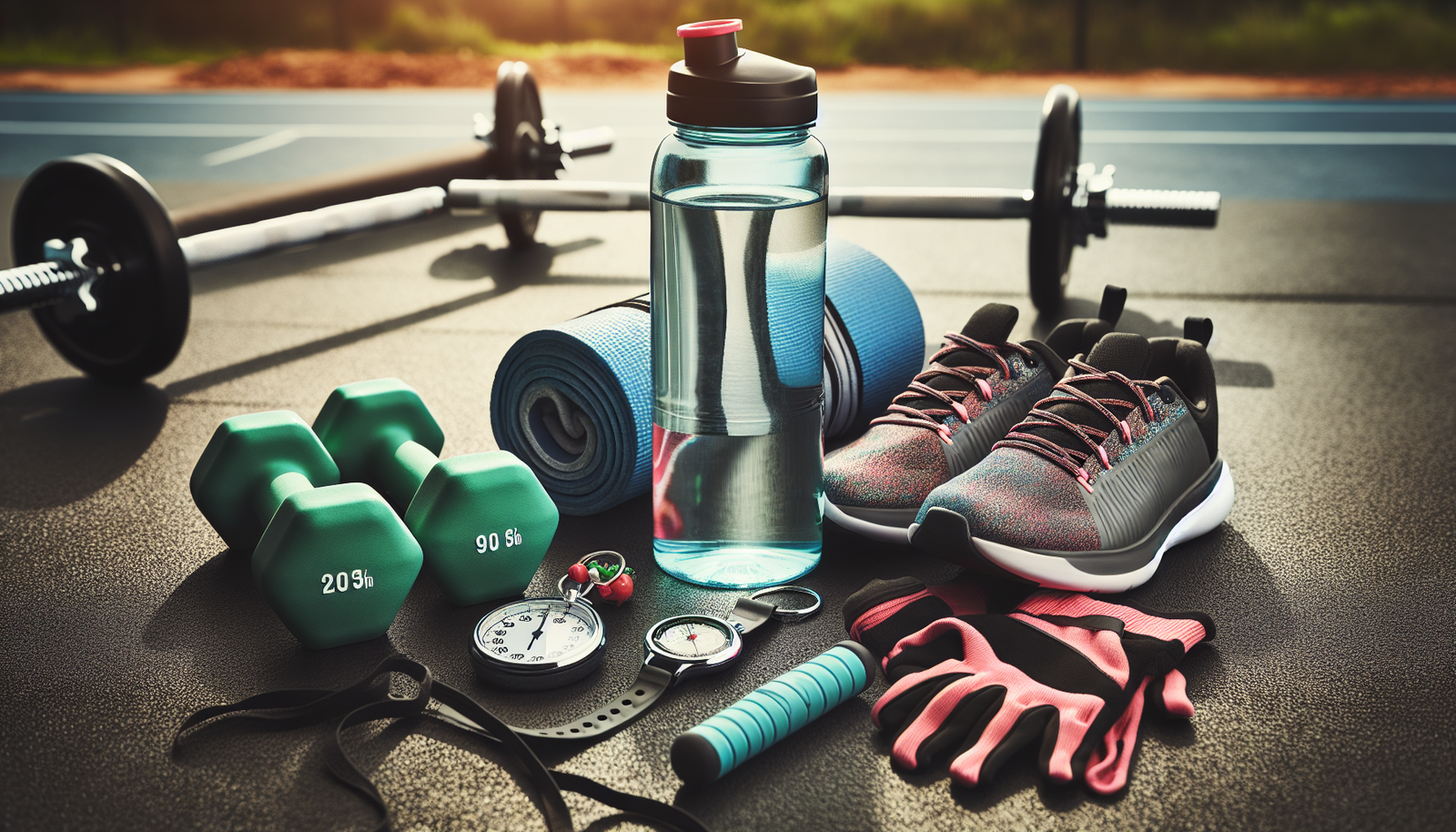The Best Endurance Exercises for Every Lifestyle
The Best Endurance Exercises for Every Lifestyle
Understanding Endurance
Endurance exercises, also known as aerobic exercises, are vital for building stamina and improving cardiovascular health. These activities elevate your heart rate and help your body use oxygen more efficiently. The benefits of endurance training extend beyond improved fitness; they include weight management, enhanced mood, and reduced risk of chronic diseases.
Choosing the Right Endurance Exercises
When selecting endurance exercises, consider your fitness level, personal preferences, and lifestyle. Here is a comprehensive guide to various endurance exercises that cater to different lifestyles.
1. Walking
Ideal for:
- Beginners
- Those seeking low-impact options
Benefits:
- Walking is a natural, low-impact exercise suited for all fitness levels. It can be easily integrated into daily routines, such as commuting or running errands.
How to Do It:
- Aim for at least 30 minutes of brisk walking most days of the week. Utilize a pedometer or fitness tracker to monitor your steps and encourage progress.
2. Jogging or Running
Ideal for:
- Individuals looking for an effective calorie burner
- Those with a moderate fitness level
Benefits:
- Jogging and running can significantly enhance cardiovascular fitness, aid in weight loss, and improve mood through the release of endorphins.
How to Do It:
- Start with a light jog and gradually increase pace and duration. Incorporate interval training by alternating between fast and slow paces.
3. Cycling
Ideal for:
- All fitness levels
- Those with joint concerns
Benefits:
- Cycling provides a great low-impact alternative that strengthens muscles in the legs and core while improving cardiovascular health.
How to Do It:
- Join a cycling class or use an exercise bike at home. Outdoor cycling can also be a fun way to explore while exercising.
4. Swimming
Ideal for:
- Individuals of all ages
- Those with joint issues
Benefits:
- Swimming is a full-body workout that builds endurance, strength, and flexibility while being gentle on the joints.
How to Do It:
- Try swimming laps for 20-30 minutes, focusing on technique and gradually increasing your distance.
5. Rowing
Ideal for:
- Those looking for a full-body workout
- Individuals seeking a low-impact option
Benefits:
- Rowing engages multiple muscle groups, boosts cardiovascular endurance, and enhances back and core strength.
How to Do It:
- Use a rowing machine, aiming for 20-30 minute sessions. Focus on maintaining good form and increasing resistance as your endurance improves.
6. Dancing
Ideal for:
- Those who enjoy social activities
- Individuals wanting a fun cardio option
Benefits:
- Dancing not only improves cardiovascular health but also enhances flexibility, coordination, and rhythm.
How to Do It:
- Join a local dance class, participate in social dances, or follow online tutorials at home. Aim for sessions lasting at least 30 minutes.
7. Hiking
Ideal for:
- Nature lovers
- Individuals seeking varied terrain training
Benefits:
- Hiking provides a workout that challenges your cardiovascular system while allowing you to enjoy the outdoors and scenery.
How to Do It:
- Start with easy trails and gradually tackle more challenging hikes. Bring along a backpack with water and snacks for added weight.
8. High-Intensity Interval Training (HIIT)
Ideal for:
- Busy individuals seeking efficient workouts
- Those at intermediate fitness levels
Benefits:
- HIIT combines short bursts of intense activity with rest or low-intensity recovery periods. It effectively improves endurance and burns calories in a shorter amount of time.
How to Do It:
- Perform exercises like sprinting, jumping jacks, or burpees in intervals of 30 seconds of activity followed by 30 seconds of rest for a total workout time of 15-30 minutes.
9. Group Fitness Classes
Ideal for:
- Social exercisers
- Beginners needing guidance
Benefits:
- Group classes, such as Zumba, spin, or boot camp, provide motivation and a sense of community while guiding participants through structured endurance workouts.
How to Do It:
- Look for classes offered at local gyms or community centers. Commit to attending 1-3 times per week for consistent progress.
10. Sports Activities
Ideal for:
- Team players
- Those who enjoy competitive environments
Benefits:
- Playing sports such as soccer, basketball, or tennis can significantly improve your endurance while providing a fun way to engage with others.
How to Do It:
- Join a local team or league. Regular practices and games can provide an excellent, structured workout.
Adapting Endurance Exercises to Your Lifestyle
Busy Professionals
For those with hectic schedules, incorporating short bouts of physical activity can be effective.
- Incorporate walking meetings: Suggest walking instead of sitting during meeting discussions.
- Opt for stairs: Use stairs rather than elevators to increase daily activity.
Stay-at-Home Parents
Finding time to exercise can be challenging with children.
- Involve your kids: Turn playtime into workout time by chasing them around the yard or playing active games.
- Post-nap workouts: Use moments when children nap to squeeze in a quick HIIT session or yoga.
Retirees
Maintaining an active lifestyle is crucial as we age.
- Participate in community programs: Look for senior fitness classes that focus on low-impact endurance exercises.
- Walking groups: Join a local walking group for socializing while staying active.
Students
Balancing studies with fitness is key for young adults.
- Campus activities: Engage in intramural sports or fitness classes offered by universities.
- Active commuting: Walk or bike to classes to incorporate movement into your day.
Technology Lovers
Leverage fitness technology to stay committed.
- Fitness apps: Use apps that track your workouts, offer guided classes, or connect you with friends for motivation.
- Wearable devices: Track your heart rate, calories burned, and distance to keep yourself accountable.
Key Considerations for Endurance Training
Gradual Progression
No matter your fitness level, it’s essential to increase the intensity and duration of workouts gradually to prevent injuries.
Proper Nutrition
Fueling your body with nutritious foods helps sustain energy levels during workouts. Focus on a balanced diet rich in whole grains, lean proteins, healthy fats, fruits, and vegetables.
Hydration
Staying hydrated before, during, and after workouts is crucial, especially during longer endurance activities where fluid loss is a concern.
Listen to Your Body
Be mindful of how your body responds to exercise. If you feel pain or discomfort, adjust your routine accordingly. Recovery days are just as important as workout days to avoid burnout.
Consistency
Aim for at least 150 minutes of moderate-intensity aerobic activity weekly as a guideline from health experts. Consistency in your routine will yield the best long-term results.
Final Thoughts
Choosing the best endurance exercises depends on your lifestyle and preferences. By incorporating engaging activities that suit your interests and schedule, you can not only improve your physical health but also enhance your overall well-being. Let this guide serve as a resource to explore your options and find joy in your endurance training journey.







